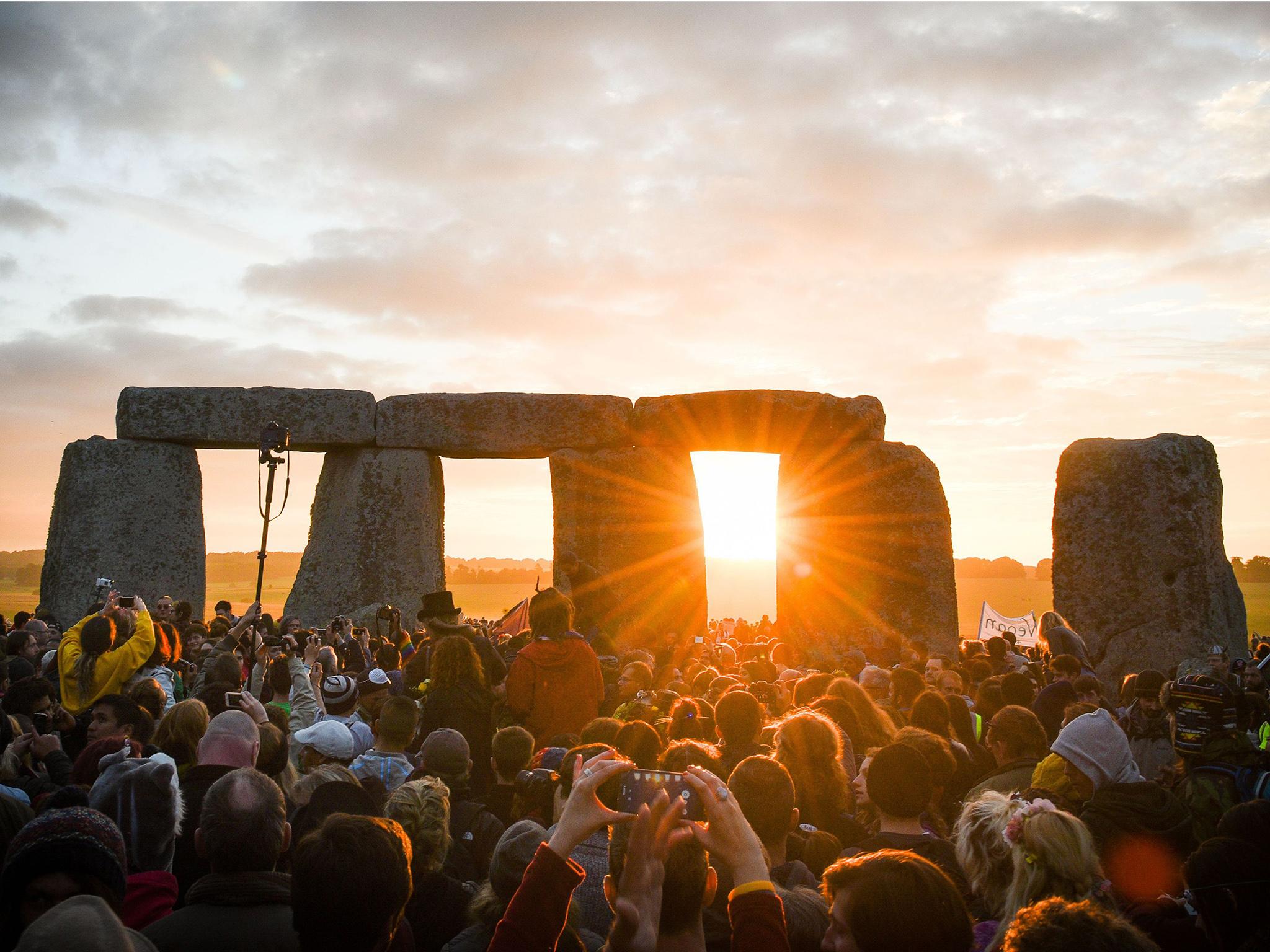Summer Solstice 2017: When is the first day of summer and how is it decided?
The ancient site of Stonehenge is still popular with people wishing to celebrate the summer solstice

Thousands of people are preparing to flock to the ancient site of Stonehenge to celebrate the summer solstice once again, marking the longest day of the year and the first day of summer.
This year armed police are to be deployed to the Wiltshire site as part of an increase in security at major events and festivals in the wake of the terror attacks in London and Manchester, though Wiltshire police stressed there is no specific threat to the event.
English Heritage has advised all visitors they will only be able to take small bags onto the Monument Field and they will be searched.
But what is the summer solstice, when is it and why is it celebrated?
When is the summer solstice?
The summer solstice occurs around the 21 June in the northern hemisphere and is the time when then sun reaches its highest point of the year at the Tropic of Cancer, resulting in the longest day.
This year the summer solstice will see the UK bathed in sunlight for around 16 hours and 38 minutes on Wednesday 21 June.
Some northern countries such as Iceland and Norway will experience continuous daylight at this time of year, while the areas north of the Atlantic Circle will experience 24 hours of sunlight, the Met Office states.
Why is the summer solstice seen as special?
‘Solstice’ comes from the Latin, ‘solstitium’, meaning the stopping or standing still of the sun, and marks the first day of summer.
The summer solstice is marked with a number of festivals, feasts and rituals across different faiths, and strongly associated with fertility, growth and light.
The Christian feast day of St John the Baptist occurs within days of the solstice, while in ancient China, the solstice was associated with Li, the goddess of light.
The day is perhaps most strongly linked with pagans, who used it as a marker for planting and harvesting crops. It also marked the union of the pagan god and goddess, which was believed to create the harvest’s fruits, the BBC reports.

Why is Stonehenge significant to the summer solstice?
Thousands of people descend on the ancient religious site of Stonehenge in Wiltshire each year to see the sun rise on the summer solstice, with many dressed in flower garlands or druids' robes.
The Neolithic monument is widely believed to be a prehistoric temple built to mark the movements of the sun, according to English Heritage. The heel stone and slaughter stones at the site are aligned with sunrise on summer solstice.
When is the winter solstice? And what are the vernal and winter equinoxes?
The winter solstice, which marks the shortest day of the year with the least hours of daylight, usually happens on or around 21 December.
The spring, or vernal, equinox and autumn equinox occur between the solstices and mark the point when the sun is positioned exactly over the equator, meaning daylight and darkness last for around the same amount of time.
The times for the two solstices and equinoxes in 2017, according to Greenwich Mean Time, are:
Vernal equinox - 20 March, 10:29am
Summer solstice – 21 June, 04:24am
Autumnal equinox – 22 September, 20:02pm
Winter solstice – 21 December, 16:28pm
Join our commenting forum
Join thought-provoking conversations, follow other Independent readers and see their replies
Comments
Bookmark popover
Removed from bookmarks